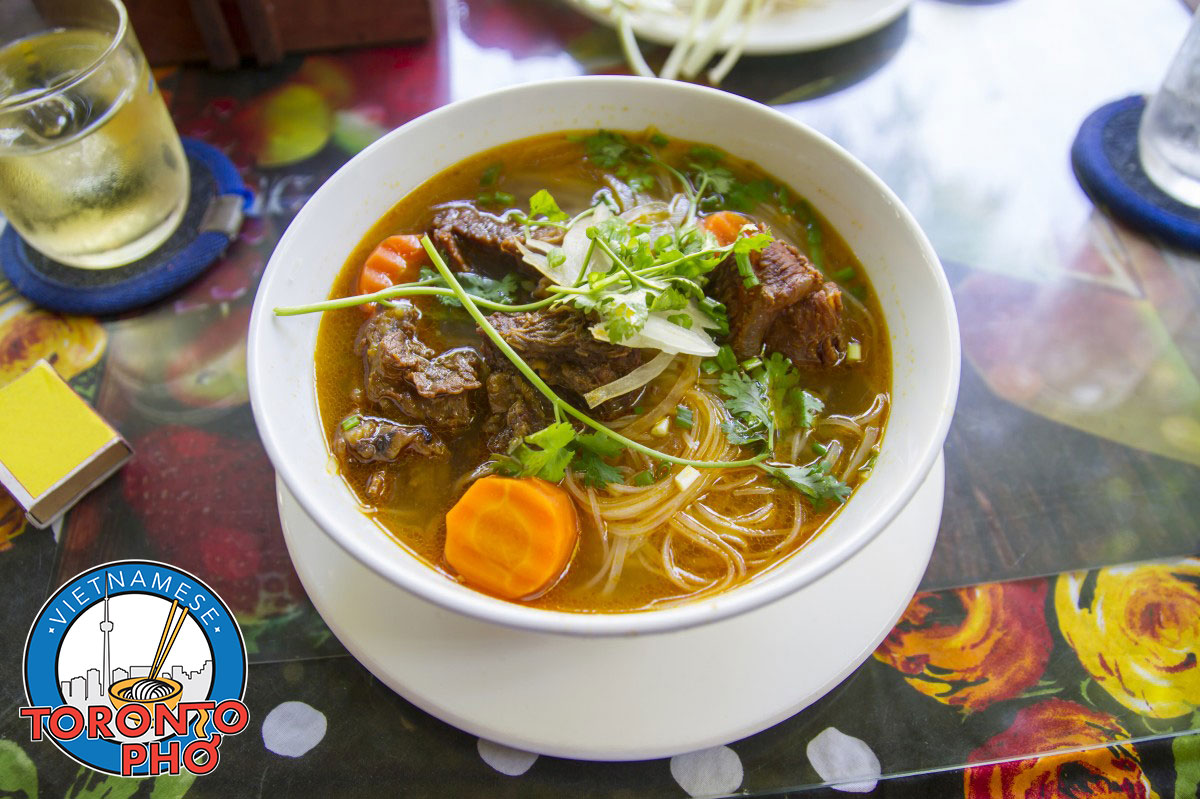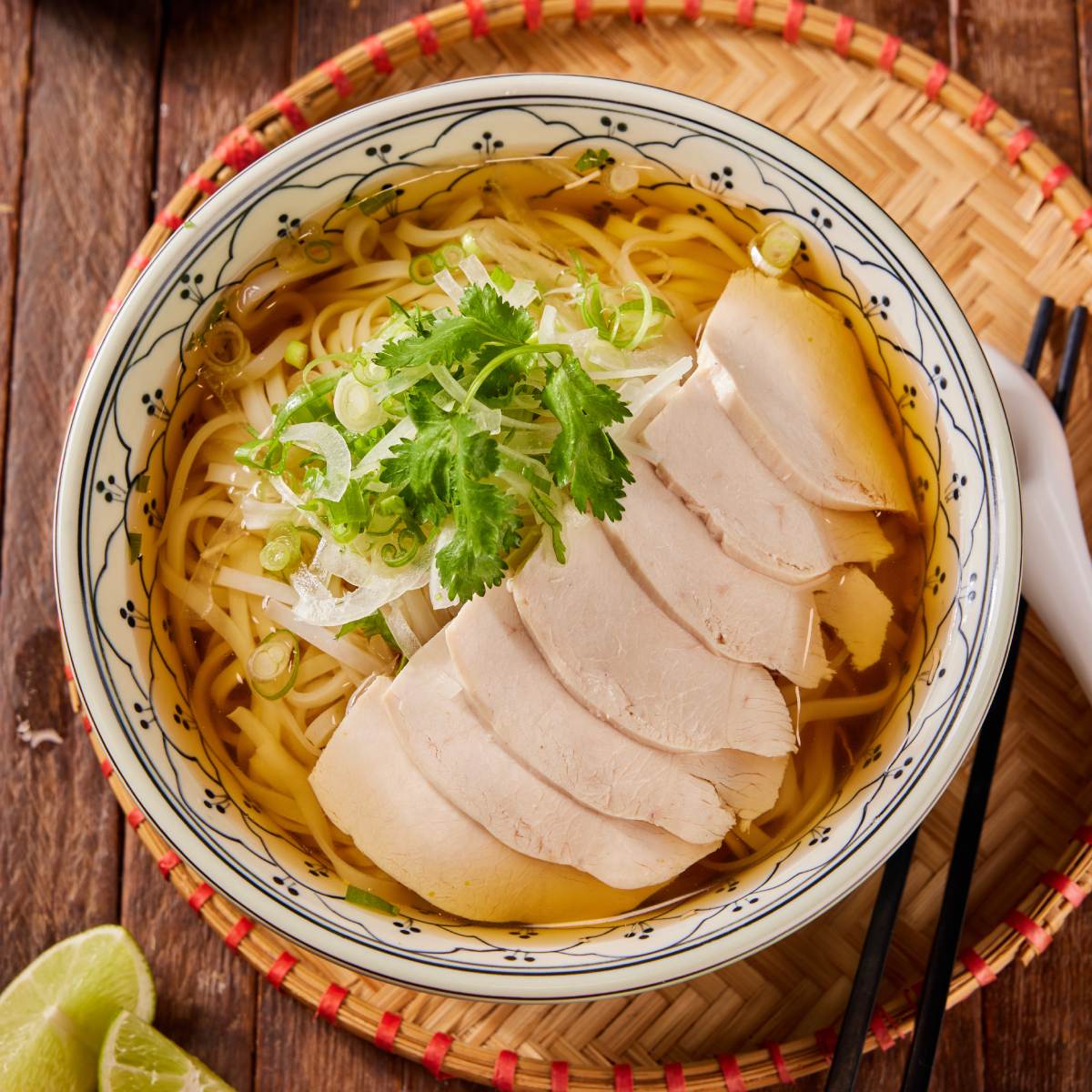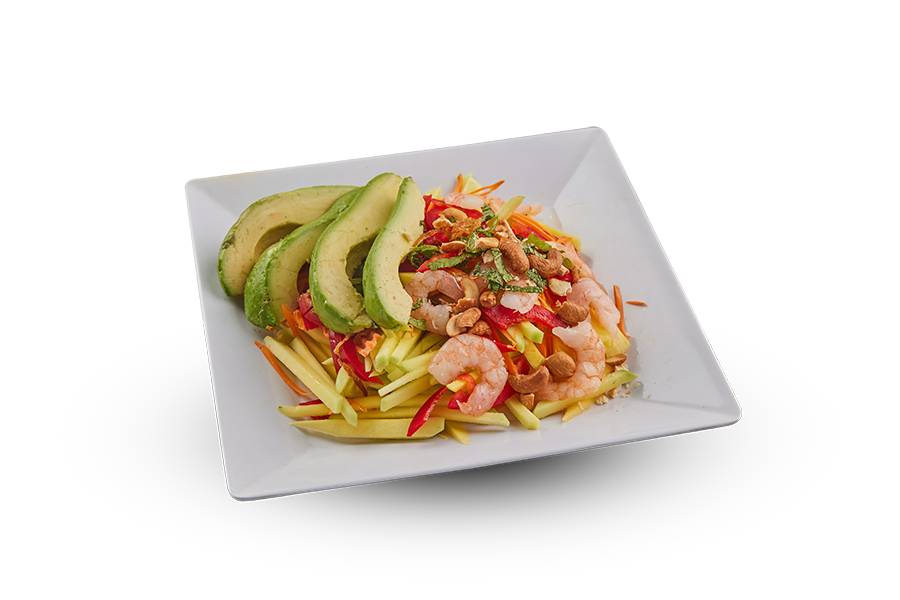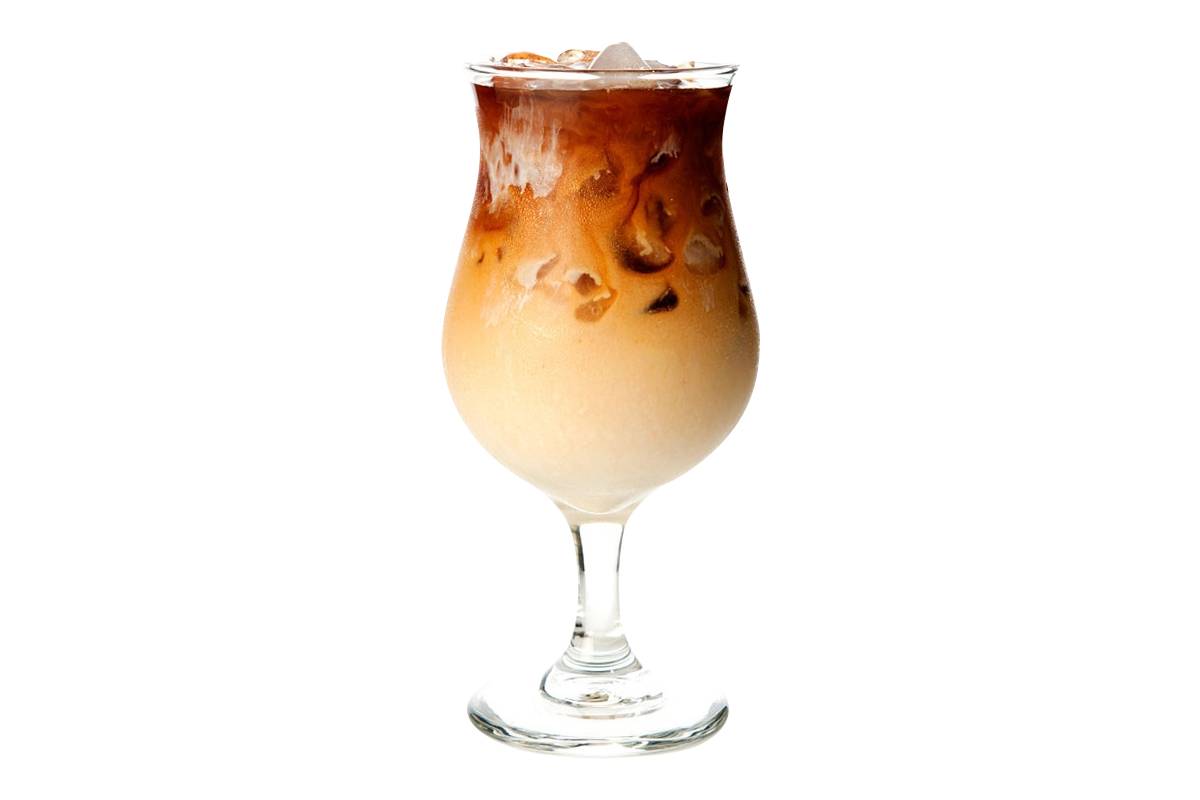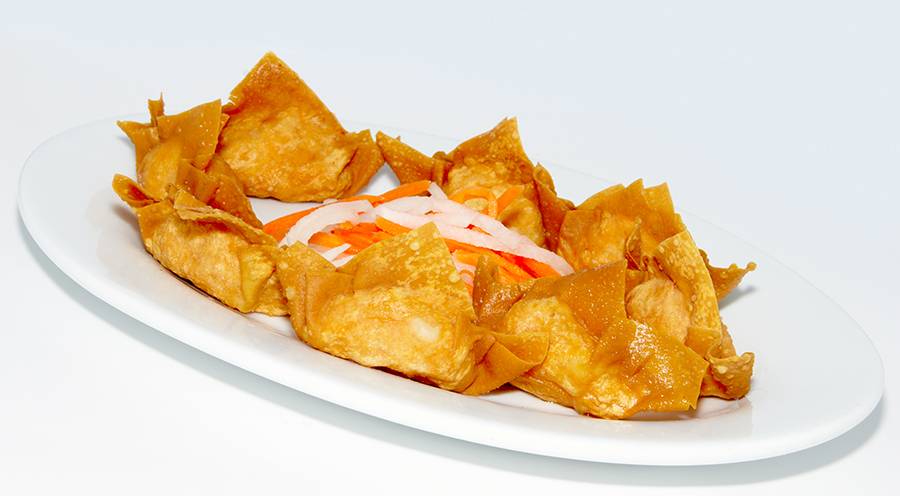Japanese cuisine
Japanese restaurants have experienced a big growth spurt in the past 20 years, producing a popularity rivalling and sometimes exceeding that of Vietnamese restaurants. A key difference however is in how Japanese cuisine has adapted to an Americanized version in a way that Vietnamese has not.
In this approach, Japanese food has been able to compete with corporate franchises and open locations that both cater to general audiences while highlighting unique Asian cultural dishes. Vietnamese restaurants in the GTA enjoy serving raw, fresh food and so does Japanese restaurants. Similarity aside, where Japanese food differs from the former is Japanese cuisine employs a lot of fatty deep fried dishes which you will not find in Vietnamese eating.
Perceptions of Japanese cuisine has continued to be that these are more expensive, upscale, specialty restaurants, compared to Vietnamese which is more farmer-friendly, street food-esque made by the people for the people.
Korean cuisine
There hasn’t really been any big noticeable changes in perception or popularity in Canada or the US within the past few decades regarding Korean cuisine. Eating in Korean culture is surrounded by rice, vegetables, and meal, using ingredients like sesame oil, soy sauce, salt, garlic, ginger, and pepper flakes.
Korean cuisine may still be foreign to most Canadians. They may know Kimchi but are statistically unlikely to have tasted much other Korean dishes. In general, a lot of people who enjoy Korean will find a lot of the positives of it in another ethnic cuisine such as Vietnamese and Thai, without perceived negatives.
There is an underbelly of Korean restaurants in Canada however they aren’t on-trend nor is the cuisine as health-conscious as Vietnamese foods are. The ultimate result of this is that Korean eating appeals predominantly to those who are already used to the taste or who are seeking something carb-heavy, generally spicier, and with small to moderate portion sizes.
Thai cuisine
Thai cuisine has experienced very little growth in the past 3 decades in North America however what’s changed the most here is the perception of it. Thai foods have long been seen as large, spicy, and soaking with oil. That isn’t wholly inaccurate but there is an upscale element to some dishes and there are also a lot of lightly prepared, aromatic fresh dishes similar to Vietnamese eating.
Like Vietnamese cooking, Thai foods have intricate recipes, focus on texture and taste, and attention to detail is key. Thai cooking is very intricate and anything but simply. Getting Thai just right is an art and science. Like working on a delicious Vietnamese pho broth, Thai cuisine philosophies also work from balance and care. Unfortunately, none of this has amounted to any rise in popularity for Thai.
Vietnamese cuisine
Vietnamese cuisine in Toronto, with pho, spring rolls, and more, has come a long way. No Asian cuisine has seen such a rise in curiosity as to their ethnic meals as Vietnamese has. Now there are literally dozens of premium Vietnamese pho restaurants all over North America, in addition to cookbooks, Vietnamese cooking being featured on cooking shows, and so much more. Significant changes have happened regarding perceptions of Vietnamese food, once seen as unimportant and now viewed as very much a healthy, balanced, and nutritious meal option.
Vietnamese cooking works from 5 fundamental elements – wood, fire, Earth, metal, and water. There’s such a philosophy behind Vietnamese-style eating. It is like veganism or vegetarian lifestyles in this way. To properly prepare a pho broth, one has to spend hours attending to collaborating these 5 elements of Vietnamese eating. This is just one example. It’s all about balance. When something sour is added in, something sweet is as well. Colors need to be balanced, as do the nutrients of carbohydrates, fats, proteins, minerals, and water. A perfectly balanced Vietnamese meal is an impressive accomplishment for any chef, needless to say.
Working in Vietnamese cuisine’s favor is how it was influenced by French eating and cooking, driven by the French’s colonial influence in the region at one time decades ago. Vietnamese eating brings together key tastes like fish sauce, shrimp paste, soy sauce, rice, fresh herbs, fresh vegetables, fresh fruits, and more. Common herbs and spices include lemongrass, ginger, mint, long coriander, Vietnamese mint, Saigon cinnamon, bird’s eye chili, lime, and Thai basil leaves.
Where other cuisines have struggled, Vietnamese ethnic eating and foods have thrived. If the world continues to move in a vegetable-heavy, health-conscious direction, there’s no reason to think Vietnamese restaurants won’t continue to grow. The dishes are well-balanced, healthy, gorgeous in appearance, and preparing them is something the whole family can partake in. Across cultural hubs like Toronto, Vietnamese eating isn’t going anywhere!

